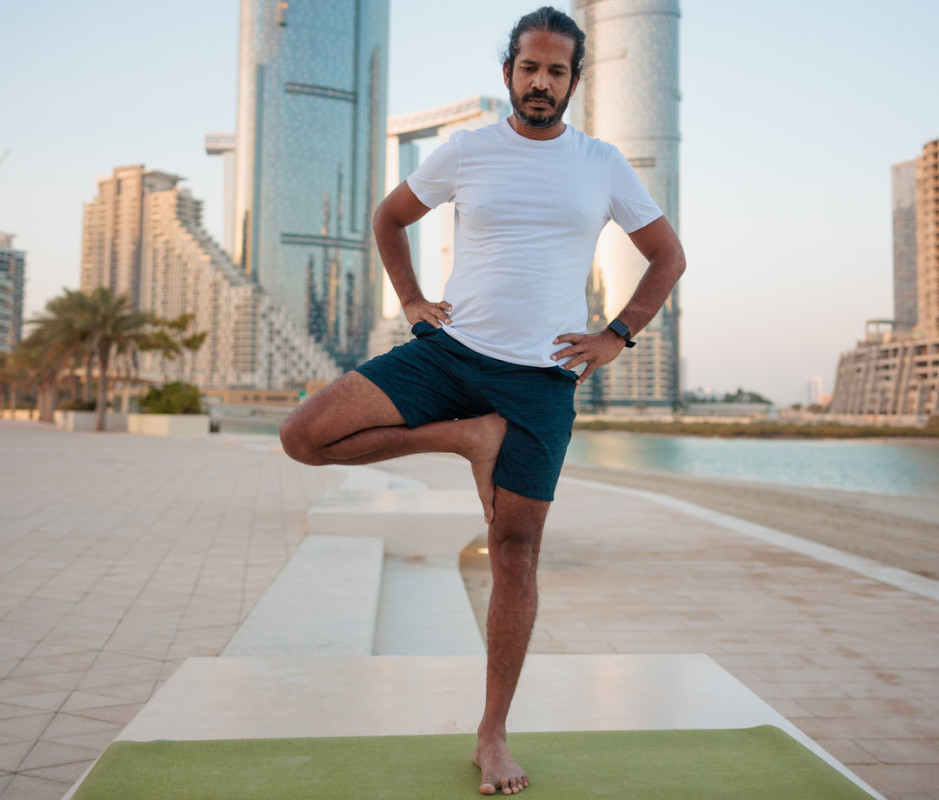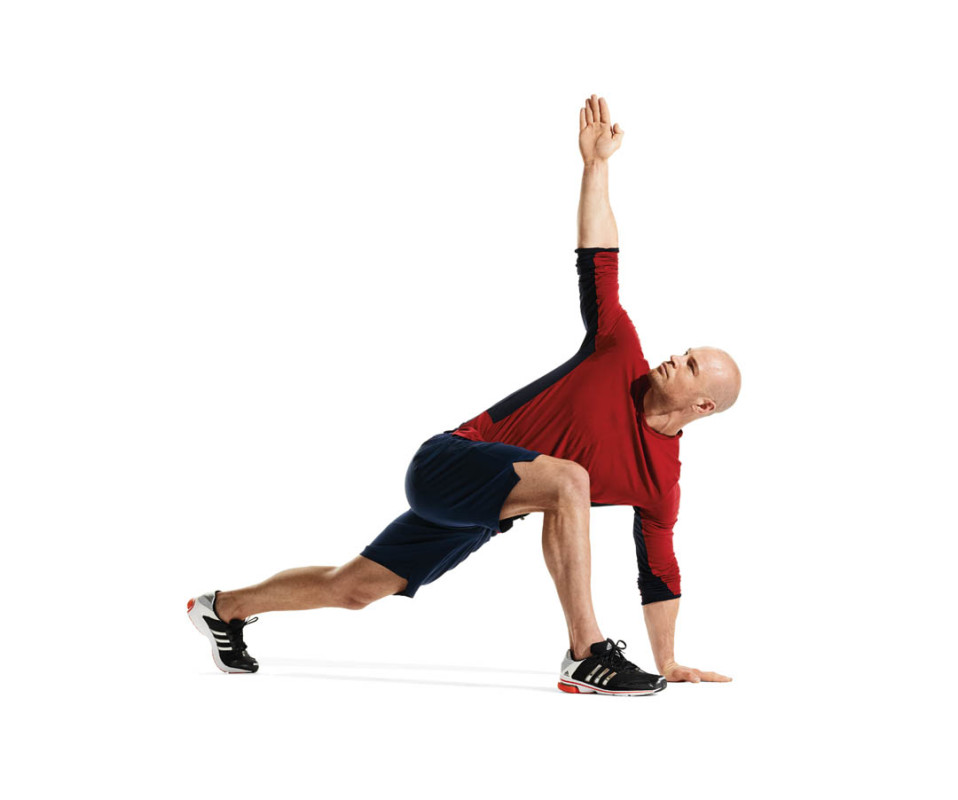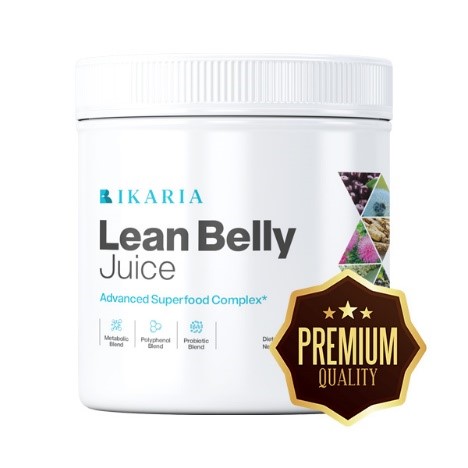Even “The Flash” had to ultimately hit center age. And for the now-42-year-old NBA legend Dwyane Wade, meaning feeling most of the pains normally reserved for the remainder of us mortals: His knees ache. His hips, he says, “are not great.” And his hamstrings are tight. Overall, “I’m not that flexible,” Wade says.
But though Miami’s going to erect a statue in his honor, Wade isn’t happy to develop into one himself: To assist keep limber and preserve transferring, he’s traded in flash for some circulation.
“In the past year, I probably haven’t picked up one weight. I’ve been doing yoga,” he says. “I’m trying to focus on my inside. As much as I want the outside of my body to look great, and I want to look amazing in photo shoots…if my insides hurt, I’m not going to get my outer looking great.”
Related: 20 Glute Exercises to Build Your Best Butt
Though he’s dropped the weights for now, he’s saved the warmth with sizzling yoga periods, performing his each day 70-minute courses in 105- to 115-degree rooms.
“As an athlete, I love the sweat,” he says. “But it’s as challenging mentally as it is physically. It’s 115 degrees, and [hard] getting into these poses that aren’t common for someone 6-foot-4 with all the injuries I’ve had. I’m putting my body in places it’s not comfortable being.”
Working via these uncomfortable positions, although, is how he’s combating getting older to keep lively—as a TV host, podcaster, husband, and father—day-after-day. And whereas he says his workouts are possible to proceed to change and evolve, there are just a few difficult strikes he thinks could follow him to preserve his body feeling nice. As a part of his partnership with Thorne supplements, Wade spoke with Men’s Journal about these 4 must-do strikes for staying versatile after 40.
Relieve Knee Pain: Chair Pose
zoranm/Getty
Why It Works
This feet-together squat is notoriously powerful to grasp, and it’s no totally different for world-beating athletes. Wade says he enjoys the difficult discomfort of this transfer, but in addition likes the way it helps him deal with knee points along with his body and thoughts: “I’m taking the pressure out of my knees, and I’m putting it into my heels.”
How to Do It
- Start in mountain pose: Stand along with your ft collectively, arms at your sides, palms dealing with in. Spread your toes, press your ft into the mat, and tense your leg muscle tissue. Inhale.
- Exhale, then bend your knees to sit again as for those who had been sitting right into a chair. Try to get your thighs as shut to parallel with the ground as doable. Your torso will lean barely ahead, however strive to preserve a proud chest so your backbone stays aligned.
- Keep your shoulder blades pressed towards the again of your backbone so the caps of your shoulders don’t roll ahead. Lift your arms up so your higher arms are consistent with your torso and subsequent to your ears.
- Breathe on this place, making an attempt to maintain it for 15 to 30 seconds. That’s 1 rep.
- Stand to reset. Rest for 15 to 30 seconds, then carry out chair pose once more. If your type begins to break down, stand again up to relaxation. Start with 2 to 3 reps, ultimately holding for longer and including extra reps.
Ease Back Pain: Forward Fold With Bent Knees

NicolasMcComber/Getty
Why It Works
Like all different non-superhumans on the market, Wade has tight hamstrings. And tight hamstrings can pull on your pelvis, leading to low again ache and damage.
Instead of specializing in touching your toes with straight legs, ahead folding in yoga modifications the main target: “How can I keep my forehead connected to my knee as I gain extension [in the hamstrings]?” he asks. The reply is to bend the knees barely: Instead of straining his hamstrings, this lets him entry the stretched place, lengthen his hamstrings, and fend off low again ache.
How to Do It
- Start in mountain pose: Stand along with your ft collectively, arms at your sides, palms dealing with in. Spread your toes, press your ft into the mat, and tense your leg muscle tissue. Inhale.
- Exhale, then bend your knees barely, and hinge from the hips to fold ahead so your torso goes in direction of the entrance of your thighs.
- Bend your knees as a lot as you want to so as to carry your fingers down to maintain your large toes or to place your fingers subsequent to your ft.
- Breathe out and in on this place, extending your chest to lengthen your backbone. Hold this for just a few breaths, then slowly stand again up by un-hinging your hips.
- Perform 2 to 4 reps.
Open Hips: Tree Pose

zoranm/Getty
Why It Works
This iconic, standing-on-one-foot pose could appear to be a stability problem, however it’s greater than that, the Heat legend says. Lifting his leg to carry his foot onto the within of his different thigh helps open his tight hips. If you sit so much, likelihood is that your hips are tight and closed. And like tight hamstrings, this can lead to lumbar again ache.
How to Do It
- Start in mountain pose: Stand along with your ft collectively, arms at your sides, palms dealing with in. Spread your toes, press your ft into the mat, and tense your leg muscle tissue. Inhale.
- Exhale, then place your fingers in your hips. Raise your proper leg and place the underside of your foot on the within of your left thigh. Don’t place it in your knee. (If you possibly can’t get that high, place the foot on the facet of your shin as an alternative.)
- Square your shoulders and hips to the entrance. Press your proper foot and left leg collectively. If you’re feeling balanced, attain your fingers overhead.
- Breathe on this place for just a few breaths. Return to mountain, and repeat tree pose on the opposite facet.
- Start by performing 2 tree poses on either side. Eventually, maintain the pose longer and add extra reps.
Improve Spinal Rotation: Low Lunge Twist

James Michelfelder and Therese Sommerseth
Why It Works
There’s a cause that exterior of yoga, that is known as “the world’s greatest stretch.”
“I’m challenging myself not only in the upper body, but the lower body,” he says, as a result of this body stretches his hamstrings, opens his hips, and asks the Hall of Famer to twist the center of his again—known as the thoracic backbone—greater than he usually would.
And that’s good: When your thoracic backbone can’t twist, your body compensates by twisting within the low again as an alternative which might lead to ache and damage. Studies have found that rising the mobility of the thoracic backbone can cut back low again ache. This pose can also be an important warmup earlier than a lifting or running exercise.
How to Do It
- Begin within the prime of a standard pushup place, along with your fingers instantly under your shoulders, and your body forming a straight line from head to heels.
- Bring your proper foot up to, and outdoors of, your proper hand. Drop your left knee to the bottom, if wanted.
- Keep your left hand planted firmly on the bottom. Lift your proper and twist your torso so your proper hand goes in direction of the ceiling and your torso and arms type a capital “T” form. Gaze up at your prime hand. Hold this for an exhale, then twist again down.
- Return to the pushup place and do the stretch on the opposite facet.
- Start with 4 rounds of this pose on either side, and enhance over time, aiming for eight rounds



















Discussion about this post